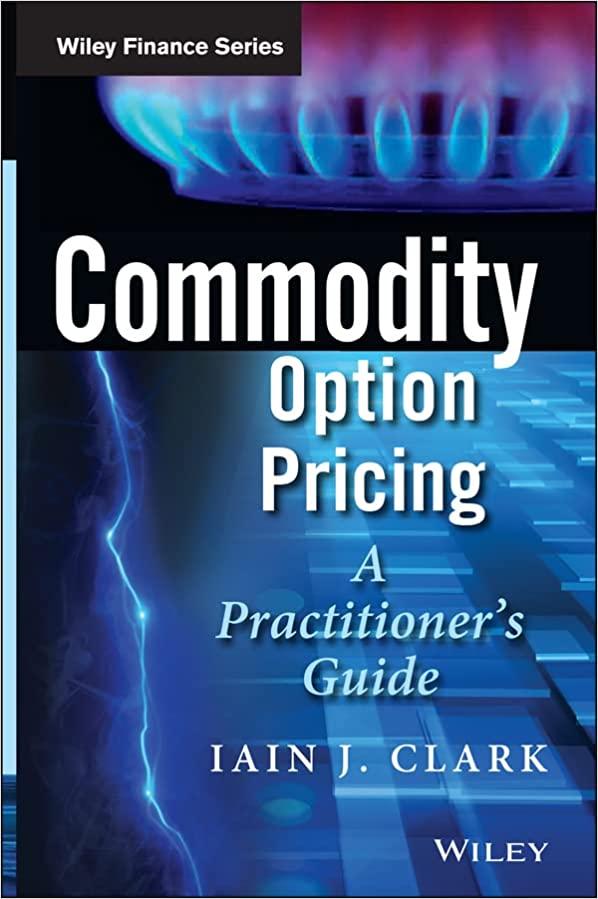Question
You are evaluating the HomeNet project under the following assumptions: new tax laws allow 100% bonus depreciation (all the depreciation expense, $ 7.5 million, occurs
You are evaluating the HomeNet project under the following assumptions: new tax laws allow 100% bonus depreciation (all the depreciation expense, $ 7.5 million, occurs when the asset is put into use, in this case immediately). Research and development expenditures total $ 15 million in year 0 and selling, general, and administrative expenses are $ 2.8 million per year (assuming there is no cannibalization). Also assume HomeNet will have no incremental cash or inventory requirements (products will be shipped directly from the contract manufacturer to customers). However, receivables related to HomeNet are expected to account for 15 % of annual sales, and payables are expected to be 15 % of the annual cost of goods sold. Under these assumptions and assuming a cost of capital of 14 %, calculate:
a. The break-even annual sales price decline if: sales of 50,000 units in year 1 increase by 48,000 units per year over the life of the project, the year 1 sales price is $260/unit, and the year 1 cost of $120/unit decreases by 18 % annually. See the data table
b. The break-even annual unit sales increase if: sales are 50,000 units in year 1, the year 1 sales price of $260/unit, decreases by 11 % annually and the year 1 cost of $120/unit decreases by 18 %annually. See the data table

Step by Step Solution
There are 3 Steps involved in it
Step: 1

Get Instant Access to Expert-Tailored Solutions
See step-by-step solutions with expert insights and AI powered tools for academic success
Step: 2

Step: 3

Ace Your Homework with AI
Get the answers you need in no time with our AI-driven, step-by-step assistance
Get Started


